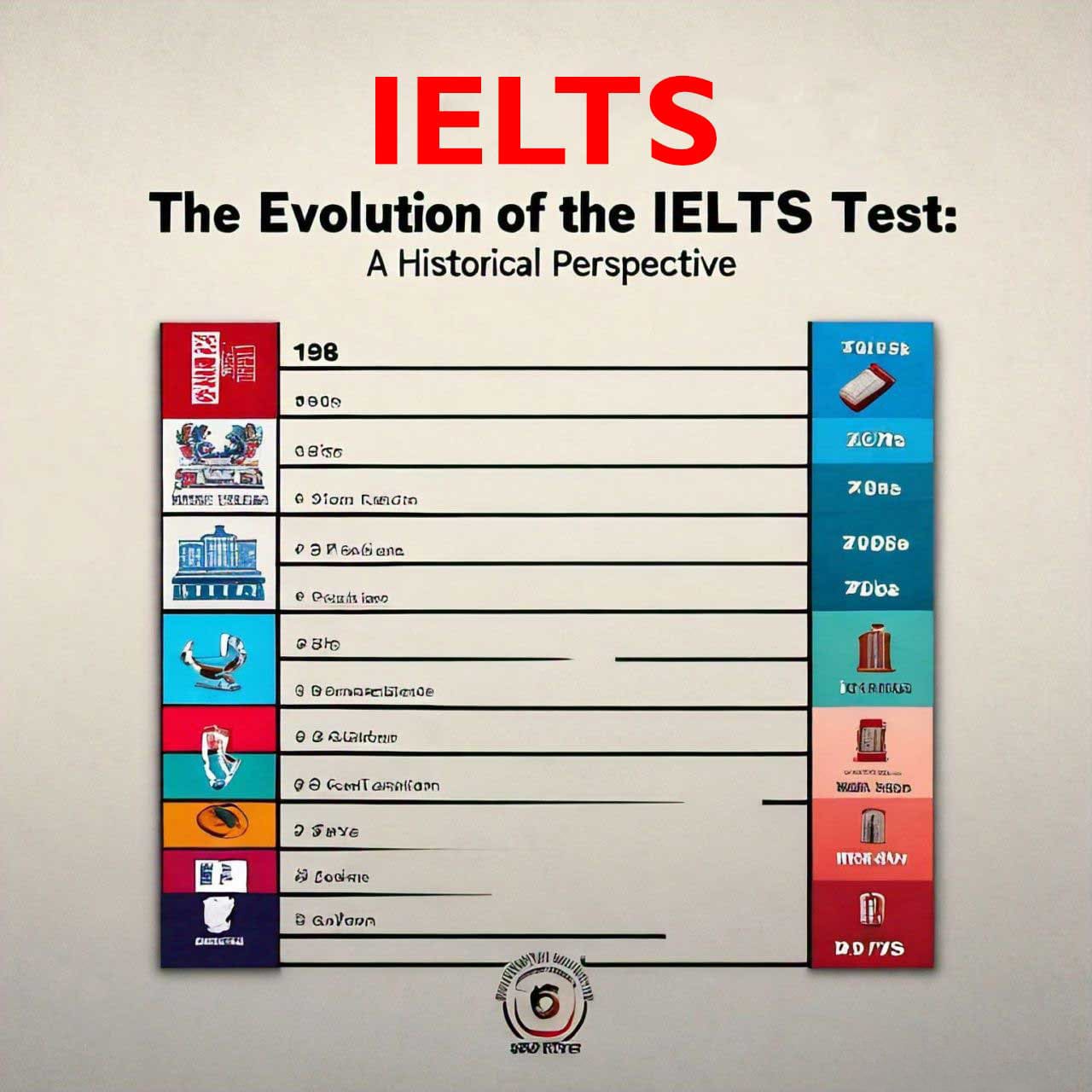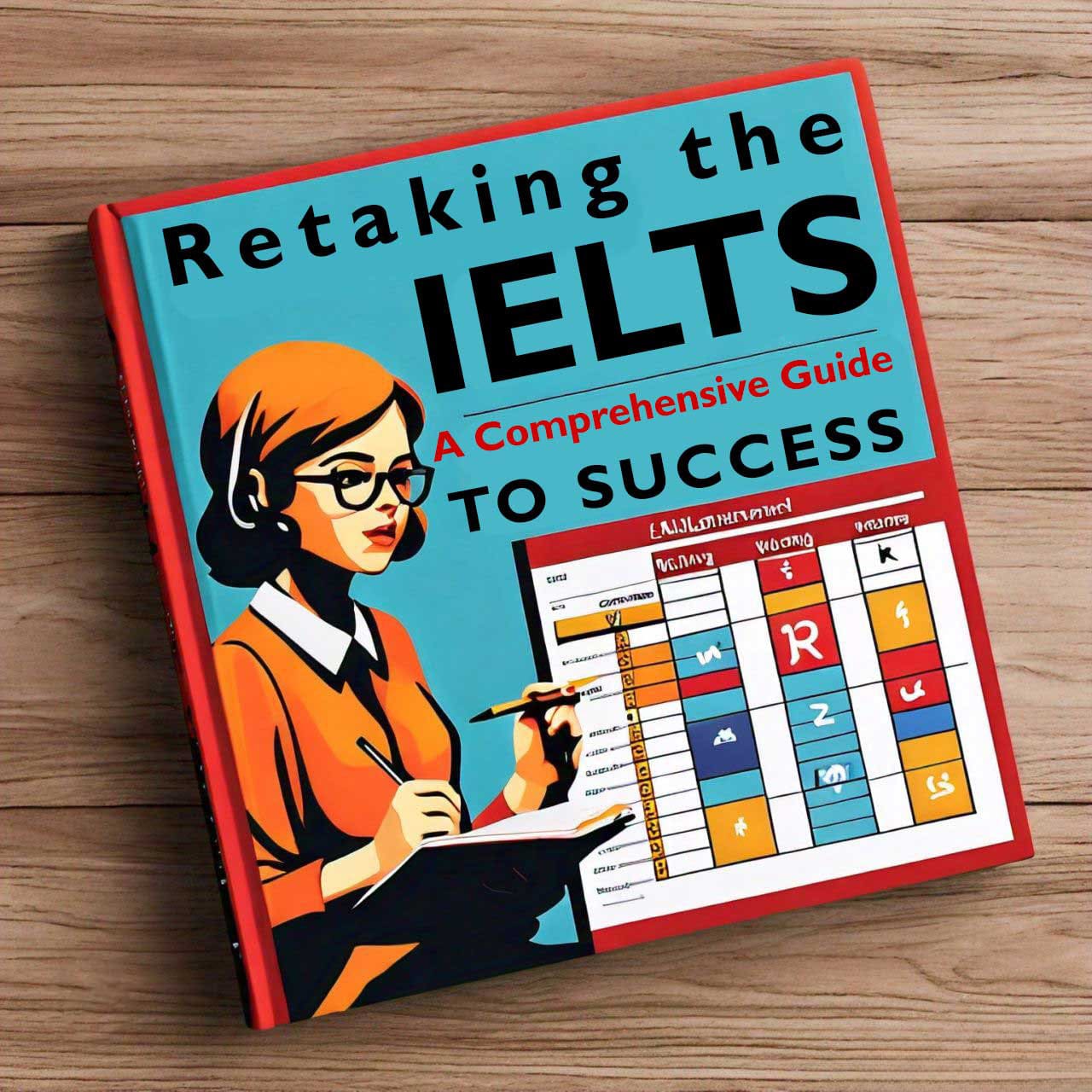The International English Language Testing System, commonly known as IELTS, has a storied history that reflects the evolving demands of globalization and the growing need for a standardized measure of English proficiency. This test has become a crucial gateway for individuals seeking education, employment, and migration opportunities in English-speaking countries. Let’s delve into the origins, development, and impact of the IELTS test over the decades.
Table of Contents
The Beginnings: Pre-IELTS Era
Before IELTS, English language proficiency testing for non-native speakers was primarily dominated by the Test of English as a Foreign Language (TOEFL), developed in the United States in the early 1960s. However, there was a clear need for a test that catered to the linguistic demands of the UK and other Commonwealth countries. In the 1980s, this led to the creation of the English Language Testing Service (ELTS), the precursor to IELTS.
Birth of IELTS: 1989
IELTS was officially launched in 1989, as a collaborative effort between the British Council, Cambridge English Language Assessment (now Cambridge Assessment English), and the International Development Program of Australian Universities and Colleges (IDP). The aim was to provide a reliable and valid assessment of English language proficiency for academic, immigration, and professional purposes.
The initial version of IELTS introduced a communicative approach to language testing, emphasizing the ability to use English in real-life contexts. This was a significant shift from the more traditional, grammar-focused exams of the time.
Key Milestones and Revisions
1. 1995 Revision: One of the first major revisions occurred in 1995, responding to feedback and evolving educational needs. The test format was refined to better assess practical communication skills, and the scoring system was standardized to the nine-band scale still in use today.
2. 2001 Updates: Another significant update came in 2001, with the introduction of two test versions: Academic and General Training. This allowed the test to better serve different purposes – academic for those entering higher education and professional fields, and general for migration and secondary education.
3. Computer-Delivered IELTS (2016): Reflecting advancements in technology, the computer-delivered IELTS was introduced, providing test-takers with more flexibility in terms of test dates and quicker results while maintaining the test’s rigorous standards.
4. Recent Developments: In recent years, IELTS has continued to evolve, incorporating more digital resources, offering IELTS Indicator (an online version during the COVID-19 pandemic), and expanding its reach to over 140 countries, with more than 10,000 organizations recognizing the test.
The Test Structure
The IELTS test assesses four key language skills: Listening, Reading, Writing, and Speaking. Each section is designed to evaluate specific aspects of language proficiency:
– Listening: Test-takers listen to four recordings and answer questions, assessing their ability to understand main ideas, specific factual information, and the speakers’ attitudes and opinions.
– Reading: This section includes three texts and tests comprehension through a variety of question types, focusing on skills such as reading for gist, reading for detail, and understanding logical argument.
– Writing: Comprising two tasks, this section assesses the ability to describe visual information (Academic) or respond to a situation (General Training) and to produce a structured argument or discussion.
– Speaking: Conducted face-to-face with an examiner, this part evaluates conversational skills, fluency, coherence, pronunciation, and lexical resource.
The Global Impact of IELTS
Today, IELTS is recognized by over 10,000 organizations worldwide, including universities, employers, immigration authorities, and professional bodies. It is the most popular high-stakes English language proficiency test globally, with over 3 million tests taken annually. This widespread acceptance underscores its reliability and validity as a measure of English language skills.
Conclusion
From its inception in 1989, IELTS has continuously evolved to meet the changing needs of the global community. It has played a pivotal role in facilitating international mobility for students, professionals, and migrants. As the world becomes increasingly interconnected, IELTS remains a cornerstone for those seeking to demonstrate their English language proficiency and unlock opportunities across borders.
The history of IELTS is a testament to its commitment to excellence, adaptability, and its pivotal role in bridging linguistic gaps worldwide. As we look to the future, IELTS will undoubtedly continue to adapt and innovate, maintaining its status as the gold standard in English language testing.



